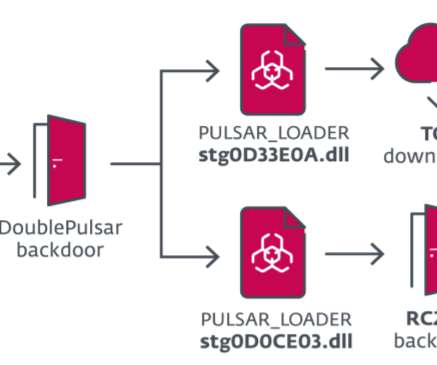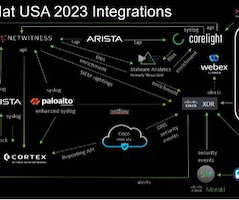InvisiMole group targets military sector and diplomatic missions in Eastern Europe
Security Affairs
JUNE 18, 2020
The group has been active since at least 2013, ESET experts linked the group to the Gamaredon Russian APT group Gamaredon despite considers the two crews independent. They use DNS tunneling for stealthier C&C communications, and place execution guardrails on the malicious components to hide the malware from security researchers.”












Let's personalize your content